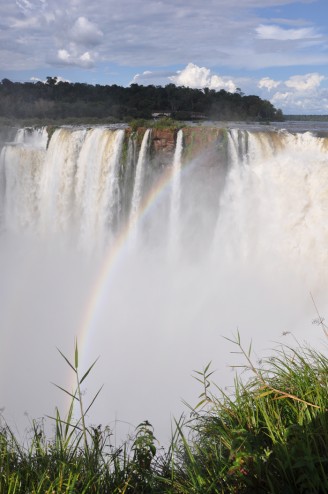 ‘Extensive studies of colour perception over several decades have made it clear that there are no colours in the external world, independent of the process of perception.’[1]
‘Extensive studies of colour perception over several decades have made it clear that there are no colours in the external world, independent of the process of perception.’[1]
Since I was a child I’ve wondered if what I see to be green is the same as what you see to be green. I wondered if I were to switch places with someone would I be horrified by everyone walking around with green faces or green hair.
That’s not the kind of un-real we are talking about here. I think we’re safe to assume our eyes have evolved to see things in at least somewhat similar tones – though we do tend to draw the boundaries differently. Lime and aqua are examples of contested colours…. what I call a limey green, someone else calls limey yellow. Same goes for aqua – is it green or is it blue?
Nit picking aside, the quote above points to an interesting phenomenon: colour, in fact, does not exist external to human perception.
The entire structure of our colour categories come from our neural structures – wave lengths reflected in interaction with colour cones in our retinas and the neural circuitry connected to them. Alan Watts illustrates this beautifully through a more easily understood example a rainbow.
A rainbow appears only when there is a certain triangular arrangement between: the sun, the moisture in the air, and an observer.
A rainbow is not an illusion – a number of observers can verify its existence. Yet it doesn’t exist external to our observation. Chase it and it disappears:
‘One could say that if the sun and a body of moisture were in the right relationship, say, over the ocean, any observer on a ship that sailed into line with them would see a rainbow. But one could also say that if an observer and the sun were correctly aligned there would be a rainbow if there were moisture in the air!’[2]
The observer is an essential part of this story.
Same story for colour.
Same story for reality.
There is no solid “external reality”. Watts asks: what if mountains and rocks and stars are also observed through a participatory observation?
In other words: what if, like the rainbow, mountains and rocks and stars also do not exist without an observer?
This points to the intrinsic connection between the observer and observed. Through our observation we participate in the creation of the universe as it is today. Through our actions we participate in the creation of the universe of tomorrow.
This is a central insight of “phenomenology”- the study of experience. It is also a central insight of “quantum mechanics” (although I admit to saying this with limited understanding).
Capra writes: ‘our bodies define a set of fundamental spatial relations that we use not only in orienting ourselves but in perceiving the relationship of one object to another.’[1]
Through limited senses we hear/see/smell/touch/feel/sense/act in an experienced world. Simultaneously other humans experience it differently, and other organisms experience it very differently.
Humans cannot know what it is like to be a dolphin in the sea, a bird in the air, an ancient oak tree, a rock deep in Earth’s ground, or a star in a galaxy far away. These entities have their own internal realities – absorbing from their environment, undertaking changes from within, and releasing something back out again. These entities have “intrinsic value” in and of themselves. They also have “utility value” to humans, even if only to appreciate their aesthetics. I’m getting side-tracked…
The point I’m trying to make here is that while each organism observes (and possibly co-creates) the “reality” of the environment that surrounds it, this cannot be seen as separate from everything else that exists. In this way the figure and the ground are one, and we are one with everything – as observers, participants, and the observed result.
Colour, rainbows and mountains exist – but they only exist in this way in relation to human perception.
No Comments Yet